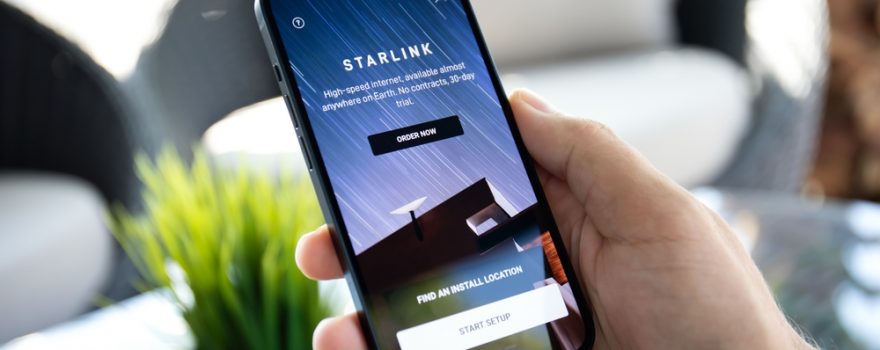
Elon Musk, the head of SpaceX, announced on X Twitter the successful attainment of a remarkable 17 Mbps download speed from Starlink satellites directly to unmodified Samsung Android phones.
Peak Speeds and Strategic Application
Musk elaborated on the achievement, specifying that the 17 Mbps is the current peak speed per beam. The expansive nature of these beams, however, limits the system’s effectiveness to areas without cellular service. Musk emphasized the collaborative approach, highlighting the partnership between SpaceX and T-Mobile, a move designed to address cellular dead zones.
Revolutionizing Connectivity: August 2022 Partnership
This triumph builds on the collaboration initiated in August 2022 when SpaceX and T-Mobile announced their partnership. The objective was to eliminate cellular “dead zones,” and the original plan envisioned conventional 5G smartphones connecting to Starlink satellites at speeds ranging from 2-4 Mbps in specific coverage areas. The recent achievement has far exceeded these initial projections.
Texting the Future: January 2024 Milestone
Fast forward to January 2024, and SpaceX and T-Mobile marked a significant milestone by sending and receiving the first text messages via the Starlink D2D satellites launched just a week prior. This project aims to extend satellite internet connectivity to regular cell phones, ensuring that T-Mobile customers can stay online even in areas without traditional cell phone coverage.
SpaceX has ambitious plans, intending to publicly launch text services with T-Mobile in 2024. The roadmap also includes expansions into voice, data, and the Internet of Things by 2025. This global initiative involves partnerships with major entities such as Rogers in Canada, Optus in Australia, and KDDI in Japan.
Technical Prowess: D2D Capable Starlink Satellites
Facilitating these advanced communication services are specialized Starlink satellites equipped with Direct-to-Device (D2D) capabilities. SpaceX successfully launched the first six of these satellites on January 2, undergoing early tests without encountering any problems.
“On Monday, January 8, less than 6 days after launch, we sent and received our first text messages to and from unmodified cell phones on the ground to our new satellites in space using T-Mobile network spectrum… [indicating that] the system works,” SpaceX proudly stated on its blog.
Visionary Impact: Mike Sievert’s Perspective
As part of the grand announcement, T-Mobile CEO Mike Sievert likened this technological advancement to placing a cell tower in the sky. He envisages a future where dead zones are eradicated, allowing people to effortlessly connect with their loved ones, even in the most remote locations, such as the middle of the ocean.
However, amid these accomplishments, a keen-eyed social media audience observed discrepancies in sent and received messages between two devices, raising questions about potential challenges in seamless implementation.
Conclusion: Transforming Connectivity and Global Networks
The successful collaboration between SpaceX and T-Mobile is poised to reshape global connectivity. As the partnership surges forward, overcoming initial challenges, the prospect of a world without cellular dead zones seems increasingly tangible.
Source: Engadget
